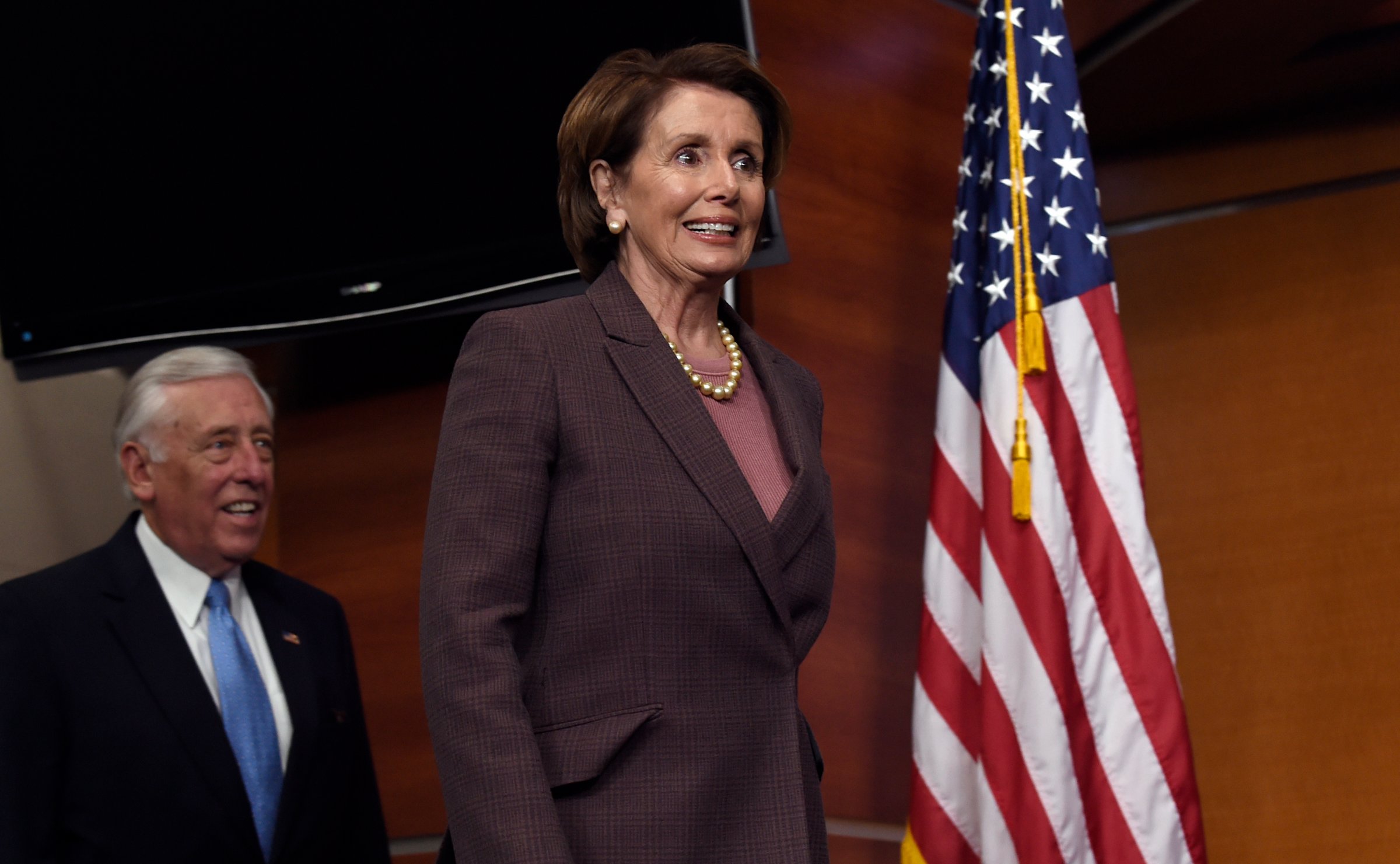
Democrats in the U.S. House of Representatives re-elected Nancy Pelosi of California as Minority Leader and Steny Hoyer of Maryland as Minority Whip on Tuesday with little drama, according to House members who took part in the vote. But the apparent comity hides the re-emergence of a long-simmering competition between the top two Democrats over lower level spots in their Congressional roster.
With leadership votes expected for key committees as soon as Wednesday, the race to replace retiring powerhouse Rep. Henry Waxman as top Democrat on the Energy and Commerce committee has turned into a test of influence between Pelosi and Hoyer.
For months, California Rep. Anna Eshoo and New Jersey Rep. Frank Pallone have been competing for votes to serve as the next ranking member of the powerful committee, which has authority over a large part of the U.S. economy and traditionally plays an outsized role in investigations and oversight.
Pelosi backs her longtime friend and ally, Eshoo, sending letters to colleagues urging them to support her fellow Californian since shortly after Eshoo’s announcement. Eshoo’s priorities, Pelosi says, align with the “future of America’s vibrant and competitive environment.”
Hoyer has been stumping for Pallone, though not nearly as openly as Pelosi. Aside from touting Pallone’s work on the committee, Hoyer embraces the system of seniority that traditionally, but not inevitably, gives preference to longer-serving members of Congress. Pallone is currently the number three Democrat on Energy and Commerce, while Eshoo is the fifth-most senior member on the panel.
“A major component [of the Eshoo-Pallone fight] is the proxy war between Nancy Pelosi and Steny Hoyer,” says a House Democratic aide.
Pelosi and Hoyer have a long-running rivalry. Both interned for Sen. Daniel Brewster in the 1960s, and later joined each other in the House or Representatives. In 2001, they duked it out for a seat in the Democratic leadership and though both insisted they had they votes to become the Minority Whip, Pelosi won the job. In 2002, she became the Democratic leader and the first woman to serve as a party leader in Congress. In 2006, after Democrats took control of the House of Representatives and Pelosi was boosted to Speaker of the House, she backed Rep. John Murtha of Pennsylvania for the number two spot, despite Hoyer’s candidacy for the job. Hoyer beat Murtha 149 to 86.
Many thought Hoyer would take on Pelosi when Democrats faced their brutal loss in 2010, but he told Politico that year he never considered challenging her for the seat: “Obviously, [Pelosi] had to make a decision on whether she could be an effective leader. I think she can.”
Hoyer, a centrist, has found common cause with some liberals in the Eshoo-Pallone fight. Members of Congressional Black and Congressional Hispanic Caucuses support the elevation of Pallone because they think seniority should decide who takes on leadership roles in committee. “Those who through years of service have gained significant expertise and knowledge should be given priority to lead our committees and sub-committees,” wrote Rep. Marcia Fudge of Ohio in a recent letter to colleagues.
Some House Democratic aides, however, insist it isn’t a proxy fight; Hoyer supports Pallone because he respects the work he’s done. “This race ultimately comes down to personal relationships,” one senior aide says.
House Democrats are scheduled to vote on the committee position early Wednesday.
-With reporting by Alex Rogers
More Must-Reads from TIME
- Why Trump’s Message Worked on Latino Men
- What Trump’s Win Could Mean for Housing
- The 100 Must-Read Books of 2024
- Sleep Doctors Share the 1 Tip That’s Changed Their Lives
- Column: Let’s Bring Back Romance
- What It’s Like to Have Long COVID As a Kid
- FX’s Say Nothing Is the Must-Watch Political Thriller of 2024
- Merle Bombardieri Is Helping People Make the Baby Decision
Contact us at letters@time.com